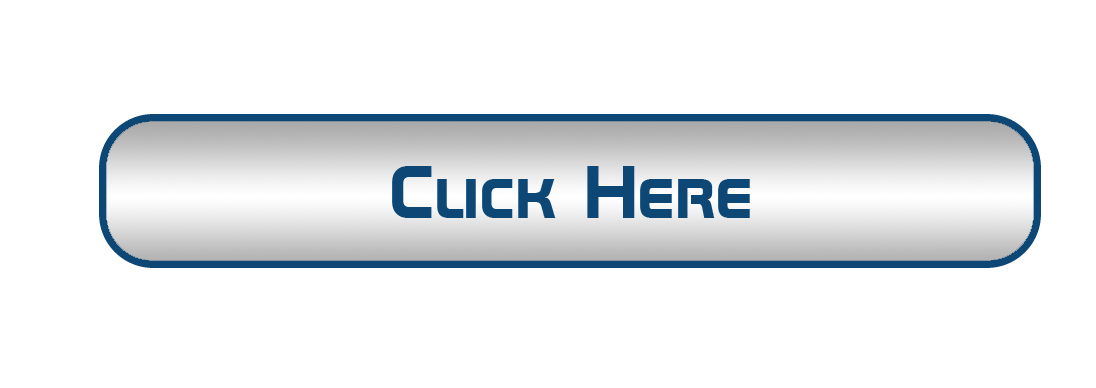A: Like other earth wall systems, Cob does not have a very high insulation value per thickness (less than R = 0.5 per inch). One way to get a higher R-value is to build a very thick wall. Traditional 3 feet thick mud walls in Devon can have the equivalent of R = 15 approximately. The problem is that in a very cold climate like yours, all that mass is constantly losing heat to the outside, especially on the north side of the building and other parts that never get direct sunlight in the winter. (If the wall regularly receives sunlight outside, solar heating compensates for some of the heat loss.) In general, I wouldn`t recommend using cob for exterior walls, where winter temperatures stay below freezing during the day. However, there can still be a place for pistons in any climate. Since the interior walls are surrounded by a highly insulating shell (like straw bales), a strong material such as cob helps maintain a constant internal temperature and prevent overheating and overcooling. A particularly effective place to place your thermal mass is near your heat source, so build a sculptural piston stove and masonry wall around your wood stove. This is my suggestion for very cold winter areas: cob for interior walls (and possibly south-facing exterior walls if you get very regular sunshine in winter).
The only exceptions would be buildings that don`t need to be heated, or if you`re constructing a very small building, in which case the amount of heat loss through the walls may be negligible anyway. In 2014, the Ears Queen sold her property for about $500,000, including legal mud houses, to cycle around the world to teach ear-building workshops, she says. She often returns to California to give workshops. She says her dream is to build an eco-village of mud houses behind the Homeless Garden Project with the help of volunteers. John Fordice led the launch of a cob building code with the Cob Research Institute based in Berkeley, California, and is an information clearing house for the latest developments in legal cob construction. A: Several counties in Northern California offer special permits for builders who have lax structural requirements. This is the easiest way to get approval for carrier pistons in California. The counties I know of with this provision are Humboldt, Mendocino and, I believe, Lake and Nevada. There may be others. Anywhere else, you could theoretically obtain a permit using the Code Alternative Materials and Methods Determination, which allows you to build in a manner not described in the Code, provided you can prove that safety and other requirements are met to the satisfaction of your building officials.
In practice, this is usually the stamp of a state-certified structural engineer. There are a few engineers in Northern California who are interested in the flare and provide calculations and stamping piston projects that they are comfortable with, but of course it`s an extra effort. Some jurisdictions (county or city) are much more open to this sort of thing than others. I cannot provide an exhaustive list, in part because there have been no attempts to obtain permits for Cob buildings in most locations. The person in charge of the building you deal with within the department can also make a big difference in how your proposal is received. A friend of mine in Tuolumne County, who received retroactive approval for a mud house he had already built, had been informed by the department`s former site manager that the permit would never be granted. His successor is apparently a strong advocate of durable solutions and was happy to give his approval. So sometimes perseverance is the most valuable resource. Q: We want to build a mud house instead of the mobile home we are in. We live in Bainbridge, GA where the humidity is very high and we also have a lot of rainfall.
It would be the first in this county to be built, so we will do it alone. We are a family of people with disabilities, but we need something better than this collapsing house. Can you give advice on how we should start this project? The Cob Research Institute is a non-profit organization founded in 2008 whose mission is to “make the cob legally accessible to anyone who wants to build with it.” It was founded by the San Fordice Bay Area architect, who fell in love with Cob after attending a hands-on cob building workshop in 1996. The class was led by Ianto Evans of the Cob Cottage Company, the first group to reintroduce cob construction in North America in the 20th century. Frustrated by the difficulty of obtaining a legal permit for mud buildings, Fordice passed the hat at a conference on natural building and raised enough money to apply for official charitable status. He convened an honorary board of directors and began sifting through the international literature on the engineering and regulation of clay structures while outlining the necessary tests and other steps to approve a cob code. The building code does not specify whether construction with cob pistons is illegal or not. For many people, they first had to get a permit to build with the piston. They had to hire an engineer to help them develop their plans.















